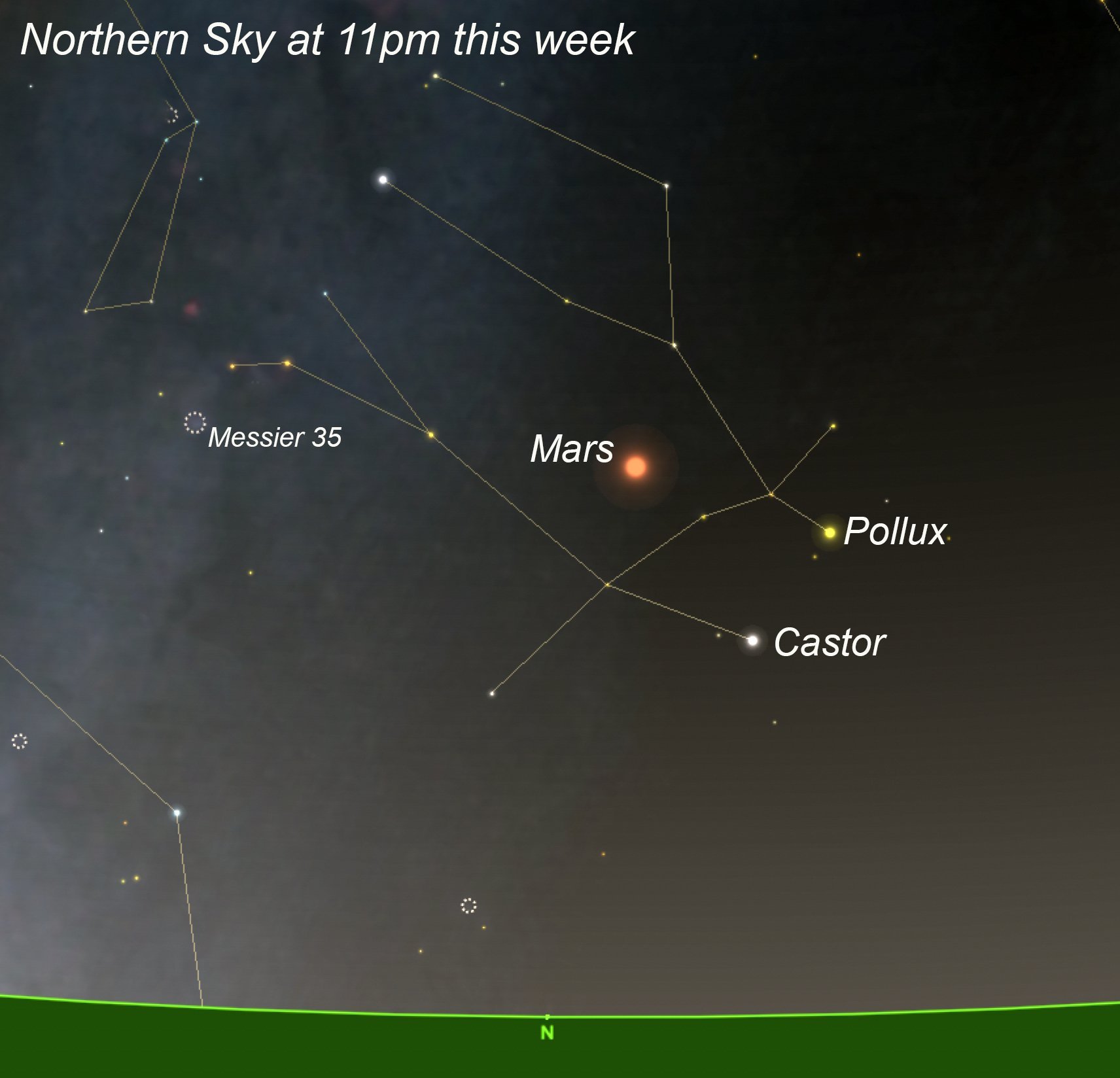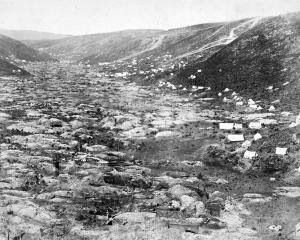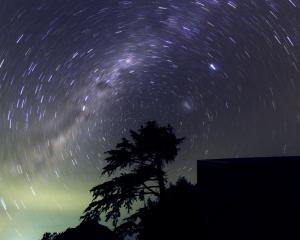
One of the 12 original constellations of the Zodiac, Gemini is currently visible in the northern sky an hour after sunset.
It is particularly easy to locate because Mars, now dazzlingly bright due to its proximity to Earth, is passing through its heart.

By mid-next week, darkness will prevail until midnight, providing the perfect conditions for observing this storied region of the heavens.
Gemini represents the twin brothers Castor and Pollux from Greek and Roman mythology.
Castor, a mortal, and Pollux, a demigod son of Zeus, were inseparable.
When Castor was slain, Pollux begged Zeus to grant them shared immortality, leading to their celestial enshrinement.
In Roman tradition, they were protectors of sailors, appearing as St. Elmo’s fire.
While Māori traditions regarding Gemini remain underexplored in the southern hemisphere, some Aboriginal Australian groups regard the twins as ancestral spirits linked to hunting or social relationships.
As noted earlier, Mars is currently positioned near the heart of Gemini.
The Red Planet, which reached its closest approach to Earth last month, remains impossible to miss, glowing just under 20° above the northern horizon as night falls.
Mars forms the apex of a striking triangle with Gemini’s brightest stars: golden-hued Pollux and the bluish-white Castor.
Pollux, at a distance of 34 light-years, is significantly closer than its celestial sibling, which lies 16 light-years further away.
If you have a pair of binoculars, Gemini is well worth exploring.
As it lies along the plane of our galaxy, it is rich with stars and star clusters. One of the most spectacular is Messier 35, near one of the twins’ feet. Messier 35 is a large, bright open star cluster, containing over a thousand stars, and is a jewel in the night sky, covering an area nearly the size of the full Moon.










